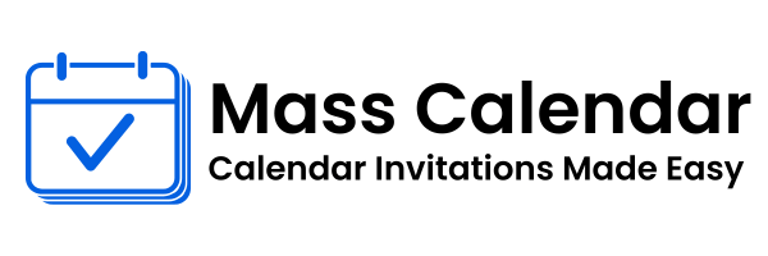The Importance of Countdown Timers in Professional Presentations
Time is one of the most valuable resources in any presentation or event. From corporate webinars to international conferences, keeping sessions on schedule is critical for success. That’s why organizers and speakers often rely on tools like a timer for presentation or a countdown timer for stage to stay on track.
BLOG
8/8/20252 min read


Time is one of the most valuable resources in any presentation or event. From corporate webinars to international conferences, keeping sessions on schedule is critical for success. That’s why organizers and speakers often rely on tools like a timer for presentation or a countdown timer for stage to stay on track.
Managing Speaker Sessions with Precision
Imagine a day-long conference with 10 speakers. If each one exceeds their time by just 5 minutes, the schedule runs nearly an hour late. That’s a frustrating experience for both organizers and attendees. Using a countdown timer for speakers ensures that each segment remains within its allocated slot.
In both physical and virtual environments, these timers help speakers self-manage. Instead of waiting for a moderator’s signal or getting cut off mid-sentence, presenters can see their remaining time and adjust their pace accordingly.
Countdown Timers in Webinars and Hybrid Events
Webinars present unique challenges. There’s no physical environment to hint that your time is almost up. A visible webinar timer can give remote speakers the cues they need without requiring verbal interruptions.
Hybrid and virtual events now frequently employ a countdown timer for webinar that is embedded in the host’s software or presented as a separate screen share. This enables seamless transitions between presenters, breakout rooms, or Q&A sessions.
Similarly, in multi-track events, a countdown timer for sessions helps organizers juggle parallel tracks while ensuring all speakers follow the same rules.
Countdown Use Cases at a Glance
Countdown timer for stage: Common in auditoriums or large-scale events.
Timer for speakers: Ideal for coaching and practice sessions.
Countdown timer for presentation: Synced with slide progression for structured delivery.
Conference timer: Standardized time control across all tracks.
Best Practices to Consider
Make timers discreet but clear. Speakers should see them easily, but they shouldn’t distract the audience.
Use warning indicators. Change colors or blink to signal time limits.
Include buffer time. Allow a few extra minutes for transition and unexpected delays.
Sync timers with the master schedule. Avoid conflicts by aligning all systems.
Timers aren’t just tools, they're quiet enforcers of professionalism. When speakers stay on time, attendees stay engaged, and organizers avoid unnecessary stress.
Whether you're managing speakers remotely or hosting a live panel on stage, integrating a timer for presenters into your event planning process is a must. Structured timing isn’t just a formality, it's a marker of respect for your audience’s time.
MassCalendar.in
Send Bulk & Mass Calendar Invites Instantly
CONTACT
Meetings
+44 (0) 203 916 5117
© 2025. All rights reserved.
Help?
